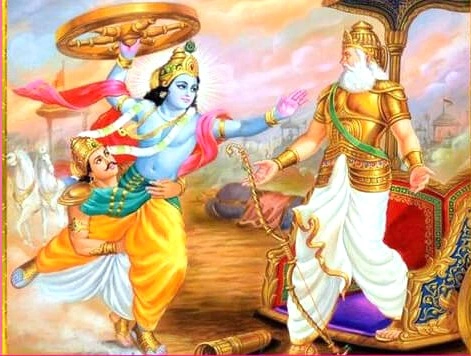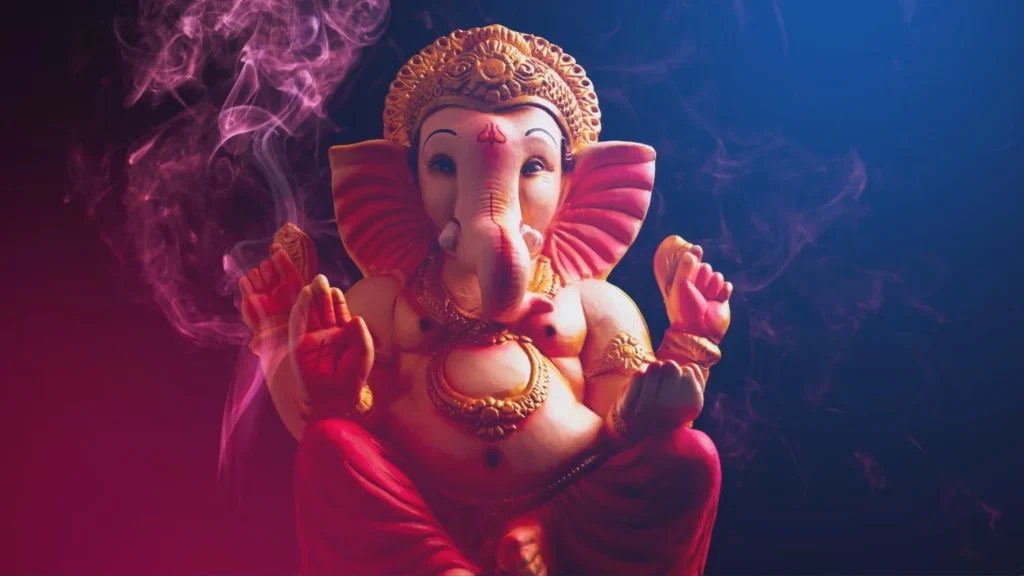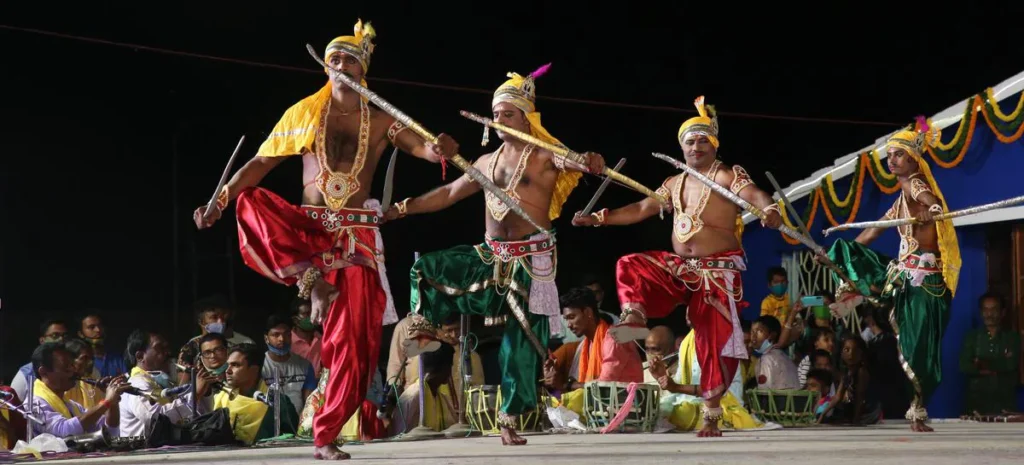
Table of Contents
Have you ever been captivated by a dance that tells ancient stories, carries the rhythm of martial arts, and yet feels like a graceful poem in motion? That’s the essence of Chhau Dance — especially the Mayurbhanj Chhau, one of Odisha’s proudest cultural treasures. Let’s dive deep into the world of this magnificent art form, its roots, rituals, and relevance in today’s India.
What is Chhau Dance?
The Chhau Dance is a semi-classical dance with martial origins performed predominantly in Eastern India, with strongholds in Odisha, Jharkhand, and West Bengal. The version we’re focusing on—Mayurbhanj Chhau—originated in the Mayurbhanj district of Odisha. This form is deeply rooted in tribal traditions and was once known as Chhauni Nrutya, meaning a battle camp dance. Over time, it evolved from a tribal war practice into a vibrant performance art.
Unlike other Chhau forms (like Purulia in West Bengal or Seraikela in Jharkhand), Mayurbhanj Chhau is uniquely performed without masks, putting more emphasis on body movement and expressions.Historical Significance & Festival Connection
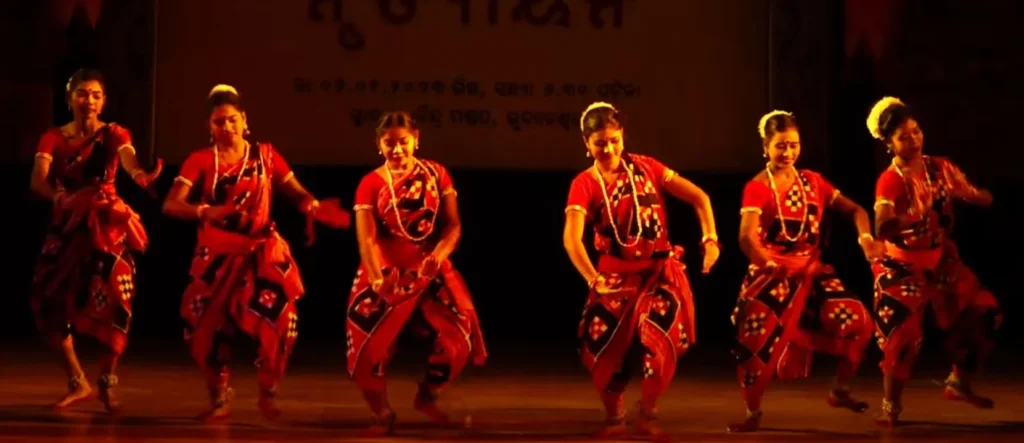
Unique Features of Mayurbhanj Chhau
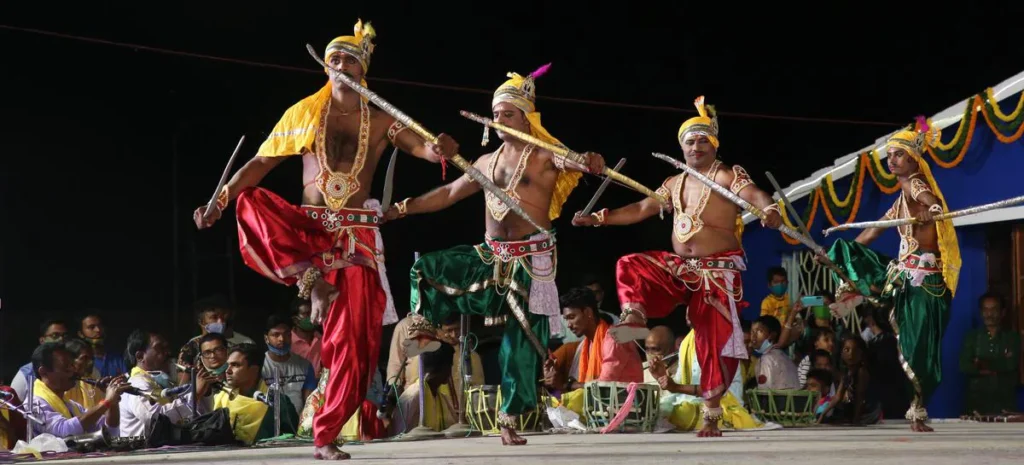
- Performs Without Masks: Uniquely, Mayurbhanj Chhau performers highlight facial expressions and body language instead of using masks like other Chhau styles.
- Derives From Martial Techniques: Specifically, dancers use steps and movements rooted in traditional combat skills.
- Adopts Tribhanga and Chauka Postures: Moreover, dancers draw these signature stances from the natural posture of Odia women, not classical texts. You can also see them in Odissi.
- Presents Narrative Themes: In addition, artists portray stories from the Ramayana, Mahabharata, Puranas, and Krishna Leela.
- Blends Diverse Forms: Furthermore, the dance combines elements of folk traditions, martial arts, tribal movements, and classical dance.
- Uses a Rich Musical Backdrop: Similarly, musicians play instruments like the Dhol, Mahuri, Dhumsa, and Chadachadi to create vibrant rhythms.
- Downplays Mudras: Unlike Bharatanatyam or Odissi, this style instead focuses more on footwork and body motion than on hand gestures and facial expressions.
Music & Movements in Chhau
Why Mayurbhanj Chhau Deserves Classical Status
Although rich in classical elements like Taal, Laya, Abhinaya, and Raga-Ragini, Mayurbhanj Chhau still awaits official recognition as a classical Indian dance form. Interestingly, it shares a special resemblance with Odissi; however, it represents Veera Rasa (the heroic sentiment) instead of Lasya (grace).
Moreover, experts like Dr. Kapila Vatsyayan and Sanjukta Panigrahi have advocated its classical merit by highlighting its evolved body techniques and stylized presentation.People Also Ask
1. What is special about Mayurbhanj Chhau Dance?
2. Is Chhau Dance a classical dance form?
3. What is the origin of Chhau Dance?
4. Which instruments do performers use in Chhau Dance?
5. When do performers present Chhau Dance?
This is mainly performed during Chaitra Parva, celebrated in April as part of Pana Sankranti in Odisha.
Why We Must Preserve Chhau Dance
- Document and digitally archive Chhau performances.
- Identify and support local gurus, akharas, and artists who sustain the tradition.
- Promote Chhau actively on national and global platforms.
- Include Chhau training in school curricula and cultural centers.

